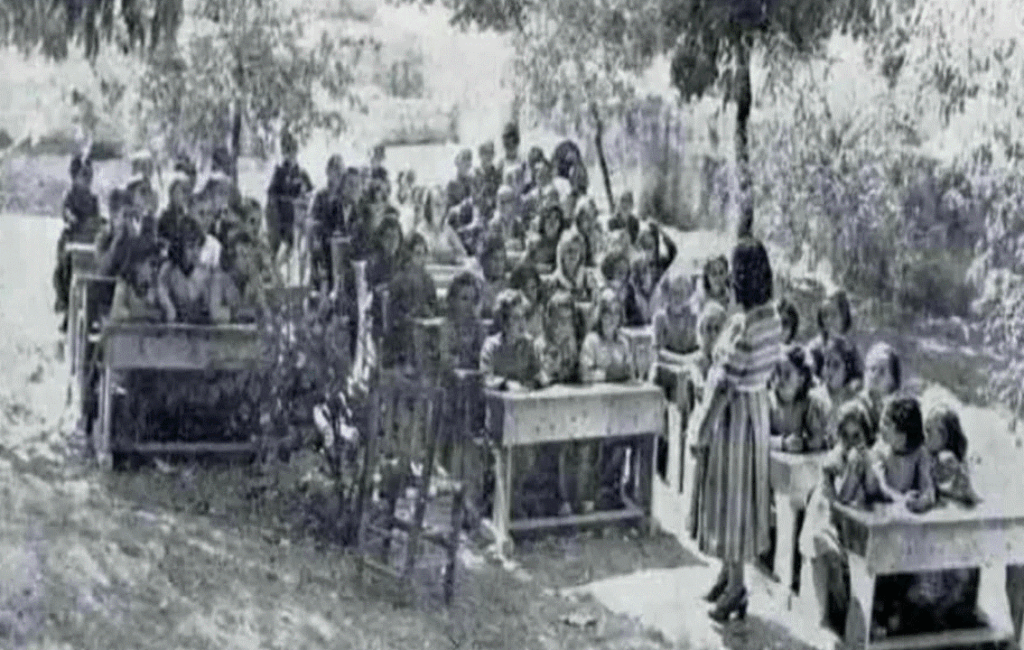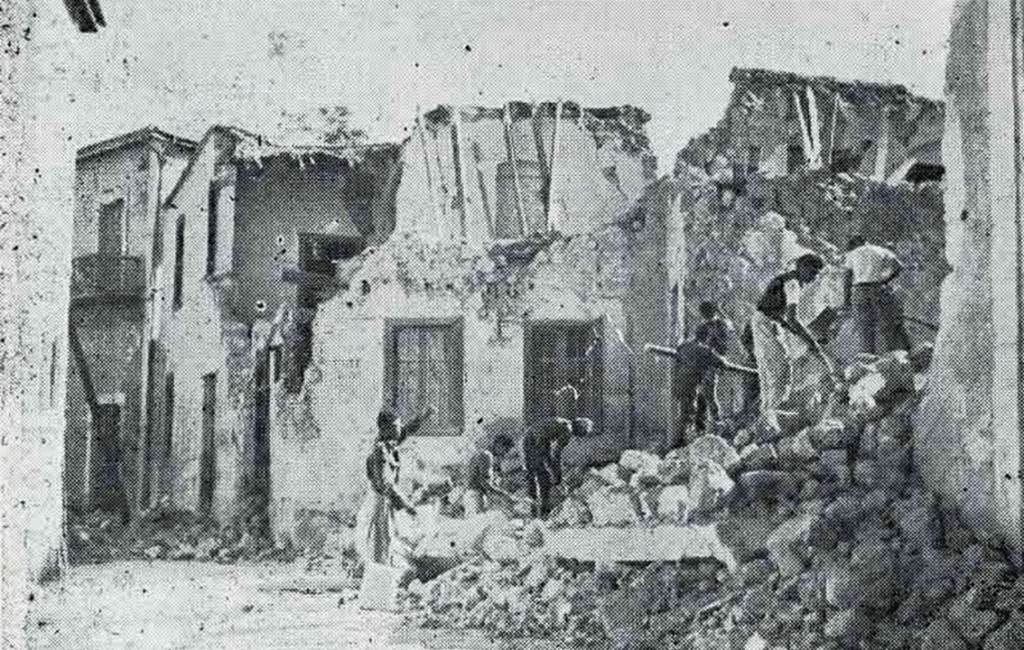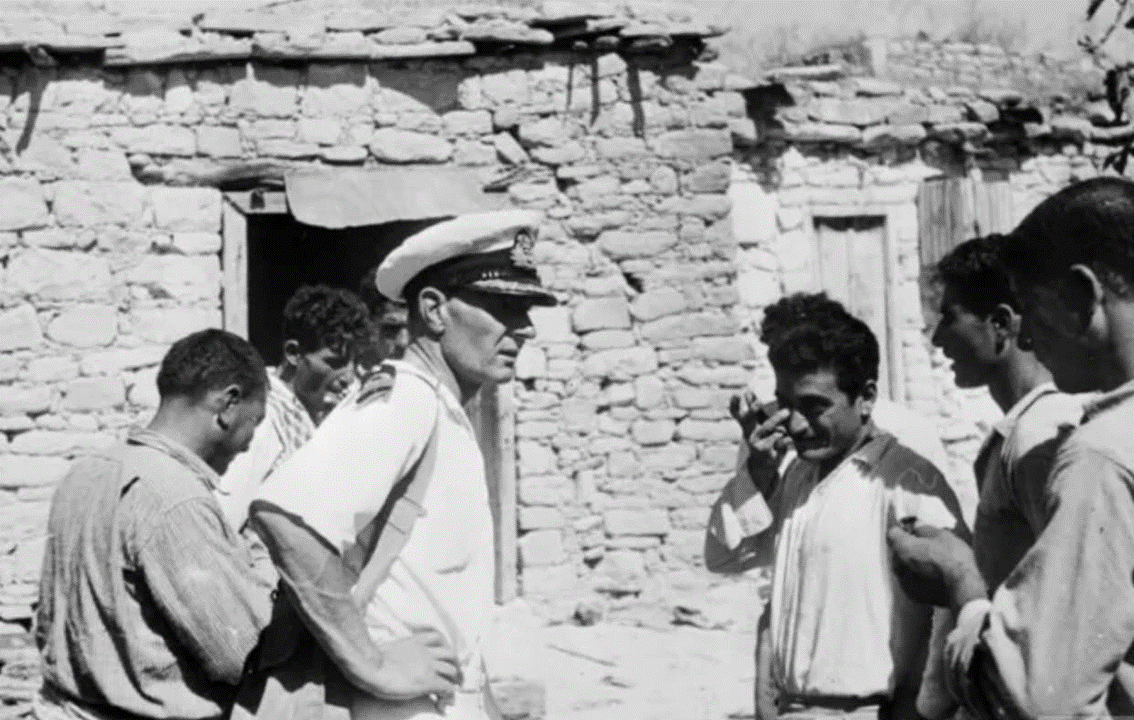DEVASTATION IN THE WEST OF CYPRUS
ONE OF THE STRONGEST EARTHQUAKES EVER KNOWN IN CYPRUS
On the morning of September 10th, 1953, at around 6.00 am, the district of Paphos suffered one of the strongest earthquakes ever known in Cyprus. Within a short time, people across the west of Cyprus were found rushing into the streets as buildings began to collapse around them like playing cards. With over 100 people injured and 40 souls lost, the callous picture of destruction became etched in the minds of the Cypriot people forever!

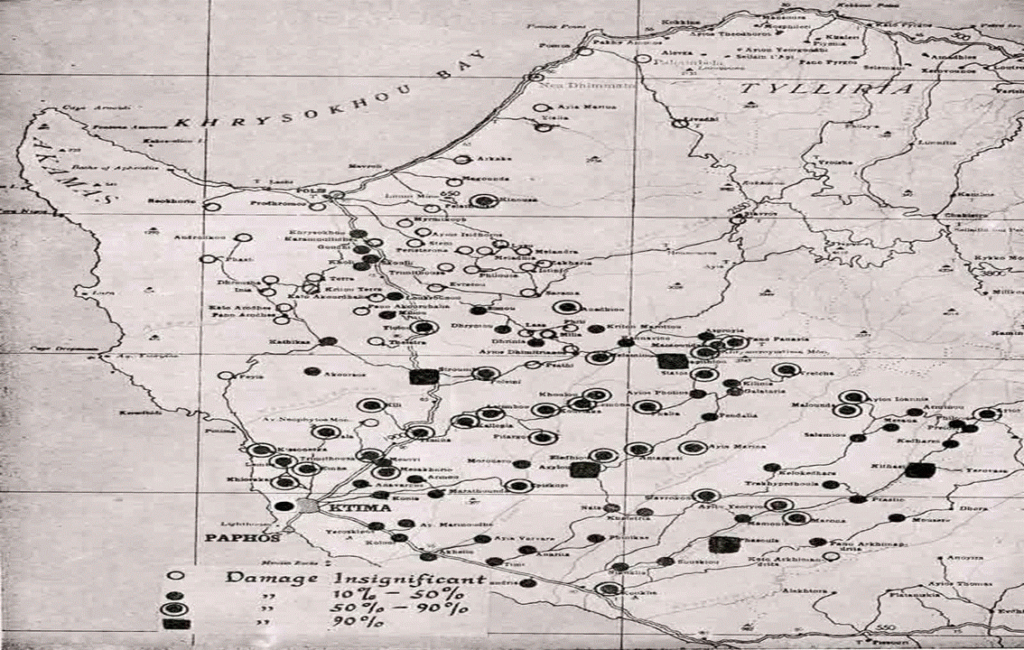
THOUSANDS LEFT HOMELESS
The aftermath of this catastrophic event saw debris lying everywhere. This left British officials describing the event as a disaster of biblical proportions. They, along with several survivors, were left clamouring in vain, agonisingly searching through the ruins for people who were missing. Their final report concluded that up to 4000 people had become homeless on that fateful day in Cyprus.
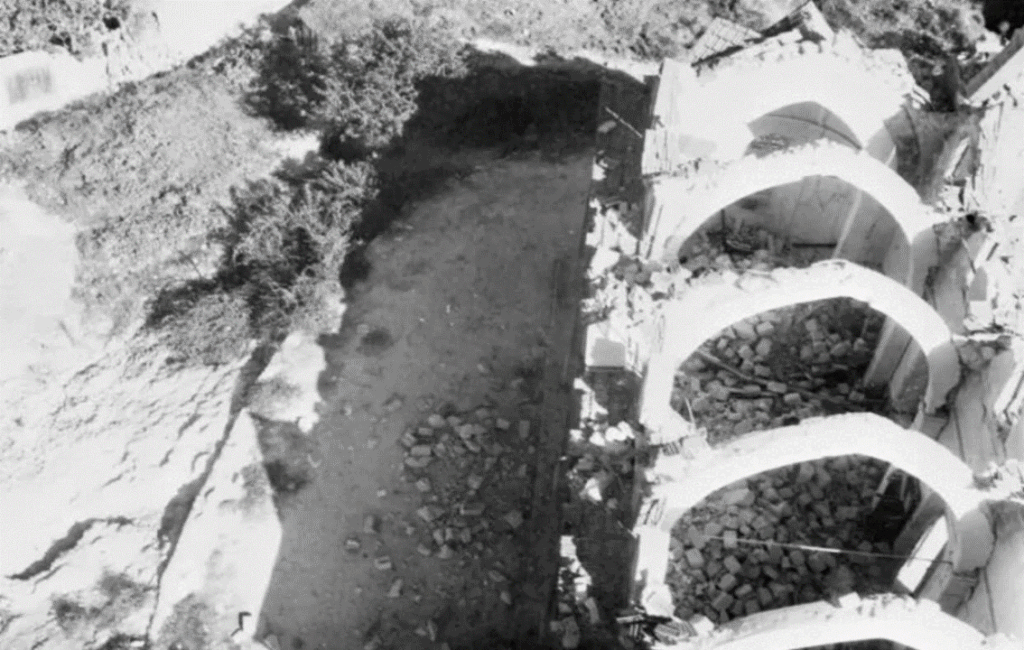
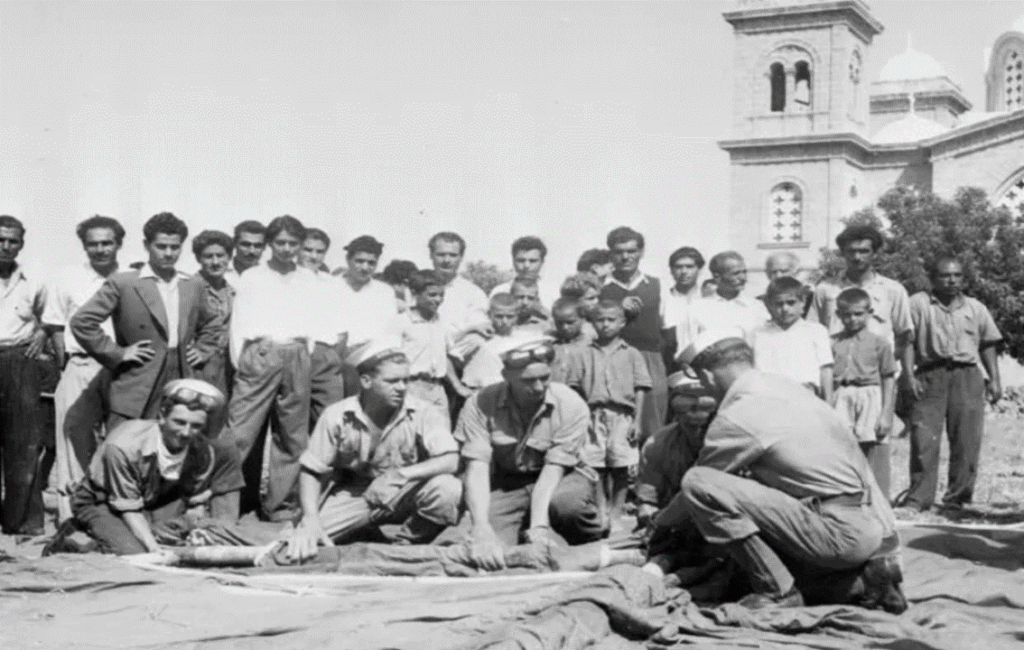
5 VILLAGES LAY IN RUINS
Although the earthquake affected the entire island of Cyprus, it was the west that bore the brunt of the natural disaster. The earthquake was so intense that it was also felt in Turkey, Lebanon, Israel, Egypt, and the islands of Kastelorizo and Rhodes. The shockwaves had caused extensive damage in a total of 158 villages and towns. The villages of Stroumbi, Kidasi, Lapithi, Axylou, and Fasoula, in the district of Limassol, lay in ruins in the aftermath. Landslides and superficial cracks were then made worse by several subsequent aftershocks, causing further insecurity and panic amongst locals thereafter.
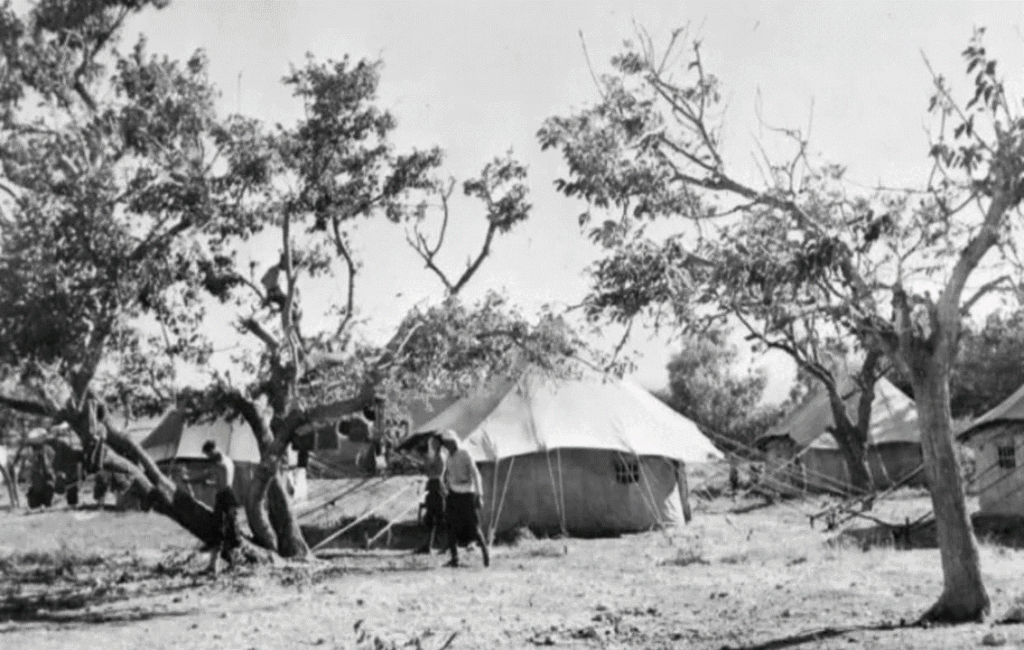
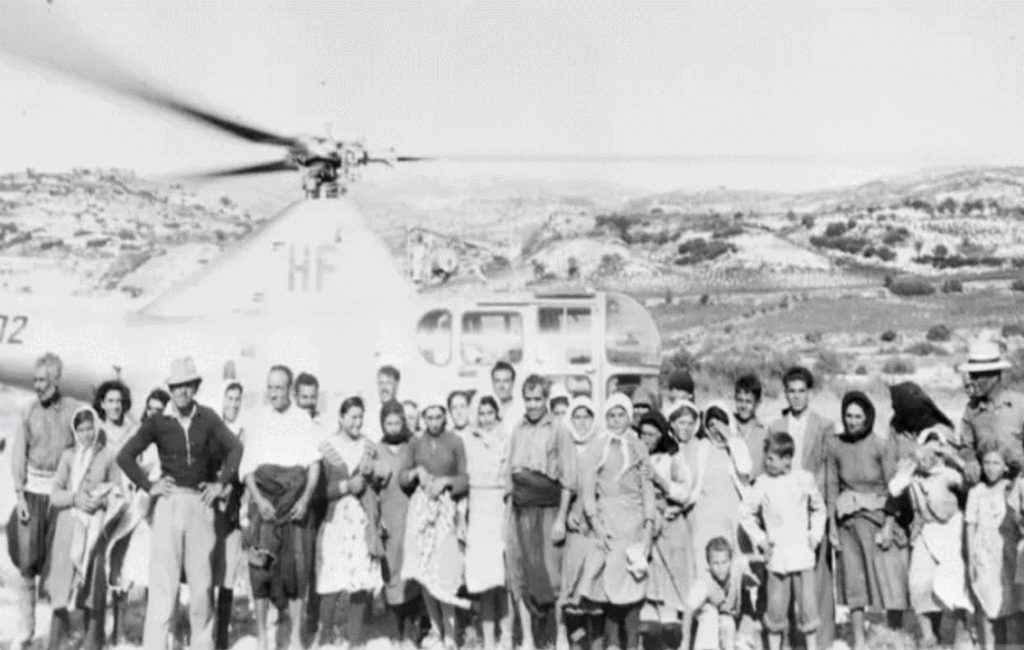
HUMANITARIAN AID
British authorities soon set up a series of humanitarian aid programmes. These included several temporary camps, along with medical centres and schools for all displaced people. The survivors went on to form their own earthquake committees, and they, along with British authorities, supplied all of the necessary tools for local volunteers who began an immediate clear-up mission.
